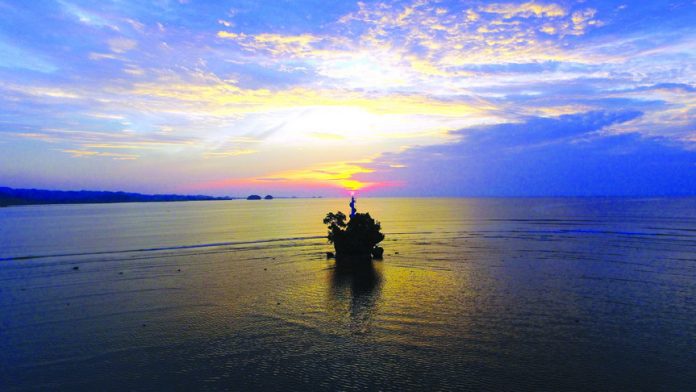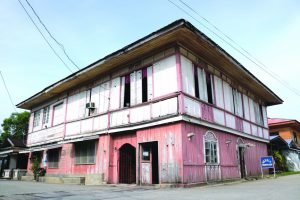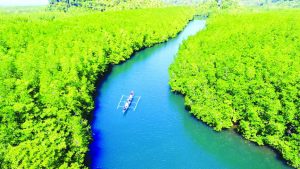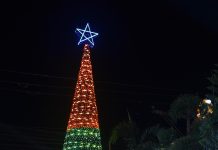
At first glance, as a traveler, you would not be particularly satisfied by what you read online about Lianga in Surigao del Sur. In fact, there is not much to read about, with the exception of the handful articles about its Mahogany Road and Bao-Bao Falls. When you hit the search key about Surigao del Sur, what come out are the far more popular destinations, such as Hinatuan’s Enchanted River, Britania Group of Islets in San Agustin, Tinuy-an Falls in Bislig City, Cagwait’s white beaches and caves in Lanuza, among others. And almost nobody talks about Lianga.

When I was first asked by its neophyte and aggressive Mayor, Homer U. Pedrozo, to assist the municipal government craft its own tourism development plan last April 2017, I was a bit apprehensive that Lianga may not have much tourism potentials at par with its neighbors in the province. Of course, I was wrong when, in primary started coming in, Lianga’s hidden gems begin to reveal themselves. Where a local government unit so desirous of participating in the booming tourism industry but is not particularly blessed with natural attractions, we rather recommend that it focuses its resources on some other industries. I know of one city in Mindanao that keeps on wasting its limited public funds on hard selling destinations and confusing its target audience because of vacillating priorities instead of improving its being one of the most strategic service hubs in the region where it belongs.
The project crafting the 5-year Lianga Tourism Development Plan is about to end by August this year. This constitutes the first phase of the bigger development approach adopted by its local government. Subsequent phases will involve the construction of national government-funded tourism infrastructures and the establishment of community-based tourism business operations. And the most significant realization after intensive data gathering and analysis is the fact that Lianga could emerge as the most important tourism support community.

A tourism support community refers to an area, usually because of its strategic location or the presence of key services and materials, which will complement the bigger, over-all tourism experience offering of the province or region, for example. Lianga is situated right between the far more developed and iconic destinations in the province. No tourist coming from Tinuy-an Falls and Enchanted River goes to Britania Islets and Cagwait, for example, without passing through Lianga. Right now, even in the absence of the necessary public infrastructures, food and beverage establishments inside the Lianga bay walk area are favored destinations among local and foreign tourists wanting to devour seafoods while in transit between north and south of the province. A rudimentary behavioral survey conducted by the project team affirms this. So, what exactly are the circumstances explaining this?
First, Lianga occupies the most strategic location in the province so far. It sits right in the middle of the province, right along the national highway. The far more popular destinations are both found in the north and south of Lianga. The distance is perfect, making it far more convenient for the travelling South Koreans, for example, to take their lunch in Lianga on their way to Britania in the north after visiting Enchanted River in the south, for example. Second, Lianga is just 25 minutes away from San Francisco, the commercial and transportation hub of Agusan del Sur.

Connectivity-wise, Lianga is highly accessible, with available transportation almost round-the-clock. Third, Lianga occupies the central part of the Lianga Bay, a significant fishing ground that supplies the famous sea foods Surigao del Sur is famous for, such as wild crabs, lobsters and high-end species of fish. And, fourthly, arguably, Lianga has better F&B private operators compared to its neighbors. Yes, some enterprising individuals sell packed foods at the Enchanted River in Hinatuan, but doing so does not give one a pleasant culinary experience unlike when one does it along Lianga Bay.







